*Caution: This article should only be read by those who understand hunting and wildlife damage. We cannot respond to comments from a so-called animal welfare perspective.
In recent years, efforts to capture wild boars and deer using box traps, tie traps, enclosure traps, etc. have spread as measures against wildlife damage. Along with that, we have seen many examples of know-how up to catching and meat utilization, but when animals are actually caught in traps, what kind of treatment is necessary I don't think there is much discussion about it.
Wild beasts (especially wild boars) have higher physical abilities than you can imagine, and since life and death depend on the beasts you capture, they can sometimes make unexpected moves. For example, there have been fatal accidents in which the wire that binds the legs of a tying trap has become dislodged when the beast moves, and the beast is counterattacked.
In this article, I will explain the technology to "stop" the captured beast safely and quickly without inflicting pain as much as possible.
before the stop
First of all, it is important to confirm the situation of the scene where the beast is caught in the trap. In wild boar capture, the probability of accidents is highest during patrol of traps and stopping of captured animals.
It is best to check it from a distance using binoculars, etc., without suddenly approaching and checking. It is basic to approach slowly from a distance, and if there is an incline, gradually approach from the higher side.
In the case of tying traps, the following are the checkpoints.
▶Which part of the beast is tied by the wire?
▶Is the bound part missing or broken?
▶Is the part of the body that was tied up not torn apart?
▶Whether the wire is pulled out from the fulcrum
▶ What is the range of movement of the beast?
In the case of box traps, the following are the checkpoints.
▶Is there any damage to the box trap?
▶Is there any danger of the animal escaping (check doors and stoppers)?
From a distance, clap your hands or shout loudly to observe the reaction of the captured beast, and check if there are other animals lurking near the captured animal.
Type of tie
There are four main types of stabbing.
1. How to use firearms
It is the most powerful method. Basically, it uses single-shot slug bullets. A powerful pre-charged air gun may also be used. Depending on the type of firearm you use, you will need a license for either "first-class shooting" or "second-class shooting" and a "firearm possession" license.
The advantage is that it can be stopped from a distance and that even large individuals can be dealt with safely.
Be careful when using firearms
First of all, there are places where guns cannot be used, such as gun hunting zones.
Also, be sure to check if there are any private houses or people at the arrowhead, and secure a backstop (a shield to prevent the bullet from going beyond the range). You have to be very careful with ricochets. When shooting, stand behind the gun owner and try to hide behind trees or other objects as much as possible.
For deer, aim for the head, neck, or heart. For wild boars, aim for the eyebrows, temples (behind the ears), and the heart.
However, if the heart is targeted, it may be difficult to use the meat because the damage is large and the fragments of the bullet enter the meat.
In addition, bleeding may become worse during post-processing, leaving a strong dullness. When aiming for the head with an air gun, aim so that the angle of incidence of the bullet is perpendicular to the skull. If the angle is too shallow, the bullet can slip and ricochet on the skull.
2. Using edged tools such as knives and spears
It is a method of stopping by stabbing the heart or carotid artery with a knife. In some cases, the beast is knocked unconscious with a hammer or wooden stick and then finished off with a knife.
As a premise, it is necessary to firmly hold the beast's legs and nose with wires and ropes. Stopping a moving beast is quite difficult and dangerous. For example, in the case of wild boars, the following tools are available for restraining.
Nostril
This is the most common retainer and is used to prevent hiccups caused by wild boar tusks. By hanging it on the boar's nose, neck, and legs, you can restrict the boar's movement. It is used to further restrict the movement of a boar caught in a tying trap. Operate to pull the rope the moment the stick sticks out.
There is also a structure that uses the same principle as tying the legs and tightens the wire with the force of a spring when the boar's nose bumps into it. At our store, we sell a type that can be used both for tying your feet and tying your nose. If you are interested, please visit this page .
Rope/Footlock
The legs are fixed and the movement of the beast is completely sealed.
Chung hanging
It is hooked to the springs and wires of the trap to limit the range in which the wild boar can move freely. In the video below, a boar is restrained with a nostril or rope to prevent movement.
In the case of box traps, one way is to narrow the range of motion of the beast by inserting squares into the mesh. There is also a way to narrow the space with movable floors and ceilings that were pre-installed.
When stabbing a deer with a knife, insert the knife into the neck to cut the carotid artery. Be careful not to cut the esophagus by making the opening as small as possible. When stabbing a wild boar with a knife, stab it in the throat or heart.
In the case of a box trap, the beast may act violently after stabbing and the handle may break, so be sure to pull it out immediately.
In addition, regarding the knife used for stabbing, it is prohibited to carry it without justifiable reason according to Article 1, Item 2 of the Minor Offense Law, so be careful not to carry it with you except when capturing. This machete is recommended because it can be made like a spear by inserting a stick into the handle.
3. Electric shock method
It is a method of using a small battery like that used in automobiles and motorcycles and bringing the electrodes into contact with the animals to conduct electricity. This method can only be used when the movement of the captured animal is restricted to some extent, so if the animal has a wide range of motion, it is necessary to use a retainer to hold the legs and nose firmly in place.
Assuming the use of meat, the method is to immobilize the beast with electricity and then finish it off with a knife. No licenses or permits are required for the use of electricity, and even those with little experience can handle it.
Basically, one electrode is attached to the upper body such as the face and neck, and the other electrode is attached to the lower body such as the buttocks and thighs, and an electric current is applied to the heart. In this case, aim for areas with less fat. In the case of box traps made of metal, the trap itself may be grounded and energized.
It is assumed that you have a basic knowledge of the properties of electricity and the structure of equipment, and you must be very careful of electric leakage and electric shock. The higher the voltage, the higher the probability of an accident, so avoid boosting the voltage excessively.
To avoid accidents, wear rubber gloves, rubber boots, and other equipment that does not conduct electricity, and avoid using it in rivers or when it is raining.
4. Chemical treatment using carbon dioxide gas, etc.
When captured with a box trap, put it in a special box with the trap, inject carbon dioxide gas into the box, fill the box, and kill it.
Gas treatment is not suitable for large beasts such as deer and wild boar because the equipment itself is large, but it is an effective method for small animals such as raccoons and is widely used. used (must be performed according to established standards for euthanasia).
summary
In order to process safely and quickly, it is necessary to prepare various stopping methods according to the situation. Assuming various cases when setting up traps, let's prepare countermeasures in advance.
If you get caught by a beast other than your target, you have to think about releasing it, and you also have to think about how to deal with many traps at once. If you can't handle the gun on your own, contact a shooter in advance.
In advance, let's simulate the effort, time, and cost. Please refer to this article for the treatment after stabbing >> How to dismantle and handle a wild boar [*Reading caution]

 箱罠
箱罠
 くくり罠
くくり罠
 パーツ類
パーツ類
 電気柵
電気柵
 自作キット
自作キット
 防獣グッズ
防獣グッズ
 監視カメラ
監視カメラ

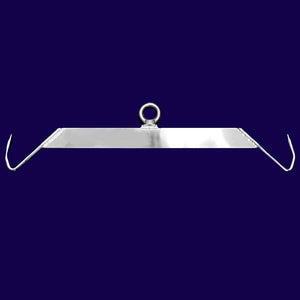
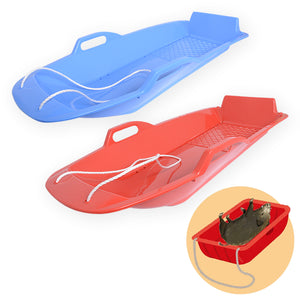
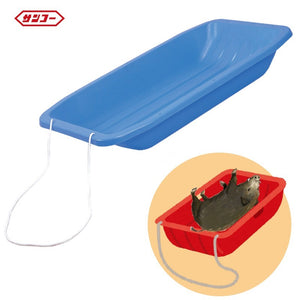
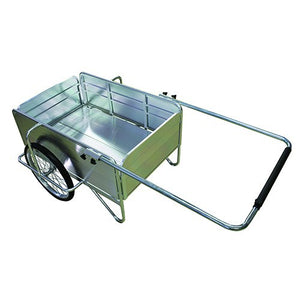

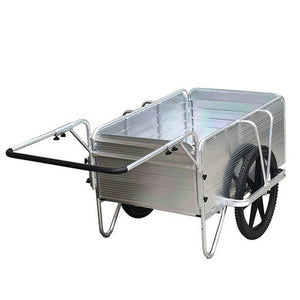
 box trap
box trap
 tying trap
tying trap
 enclosure trap
enclosure trap
 Prevention and avoidance goods
Prevention and avoidance goods
 electric fence
electric fence
 trap surveillance camera
trap surveillance camera
 transportation goods
transportation goods
 Trap detection sensor
Trap detection sensor
 hunting supplies
hunting supplies
 hunting books
hunting books
 Anti-bird goods
Anti-bird goods
 Agricultural materials/machinery
Agricultural materials/machinery
 boar
boar
 deer
deer
 Kyon
Kyon
 monkey
monkey
 raccoon
raccoon
 Badger
Badger
 palm civet
palm civet
 raccoon dog
raccoon dog
 nutria
nutria
 mouse or rat
mouse or rat
 Mole
Mole
 bear
bear
 pigeon
pigeon
 Crow
Crow







